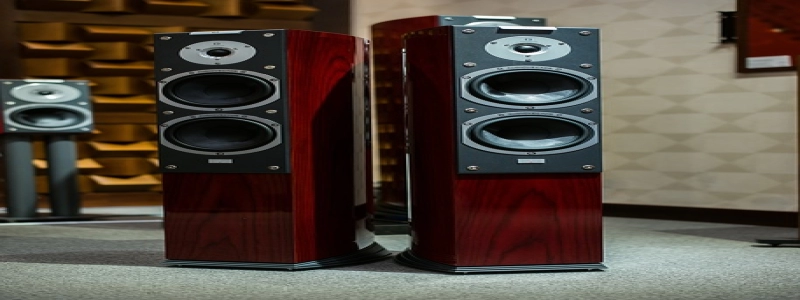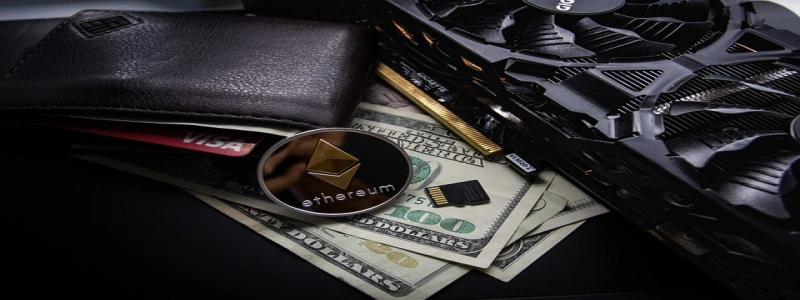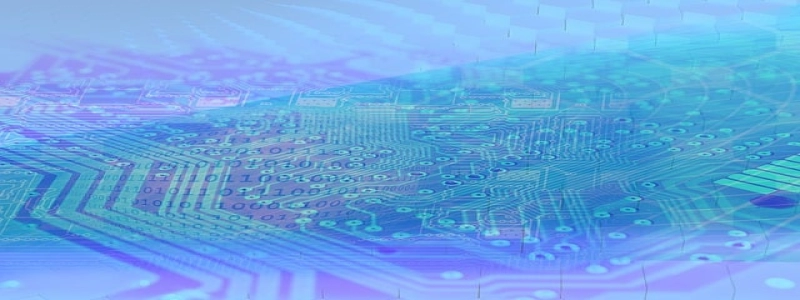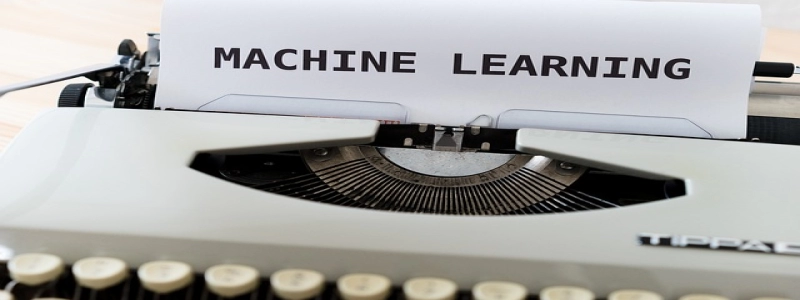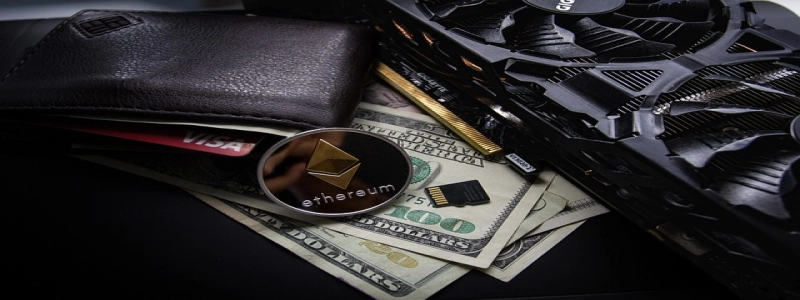I. Introduction
A. Overview of fiber optic cable installation training
B. Importance of proper training for installation technicians
II. Basics of Fiber Optic Cable Installation
A. Understanding fiber optic cable types and properties
B. Proper handling and storage of fiber optic cables
C. Key tools and equipment required for installation
III. Pre-Installation Procedures
A. Site assessment and planning
B. Safety precautions and regulations
C. Communication with clients and stakeholders
IV. Fiber Optic Cable Installation Process
A. Cable routing and trenching
B. Cable pulling and tension management
C. Splicing and termination techniques
V. Testing and Troubleshooting
A. Importance of testing for proper installation
B. Key testing methods and equipment used
C. Identifying and resolving common installation issues
VI. Maintenance and Documentation
A. Proper maintenance procedures for fiber optic cables
B. Documentation of installation process and post-installation procedures
C. Importance of keeping records for future reference
VII. Advanced Techniques and Special Considerations
A. Fiber optic cable installation in challenging environments (e.g., underwater, aerial)
B. Upgrading and expanding existing fiber optic networks
C. Integration with other telecommunications systems
VIII. Certification and Continuing Education
A. Overview of industry-recognized certifications for fiber optic cable installation
B. Benefits of continuing education and staying updated with industry advancements
C. Career opportunities and growth potential in the field
IX. Conclusion
A. Recap of the importance of proper training for fiber optic cable installation
B. Encouragement to seek professional training and certifications
C. Future prospects of the fiber optic cable installation industry.
